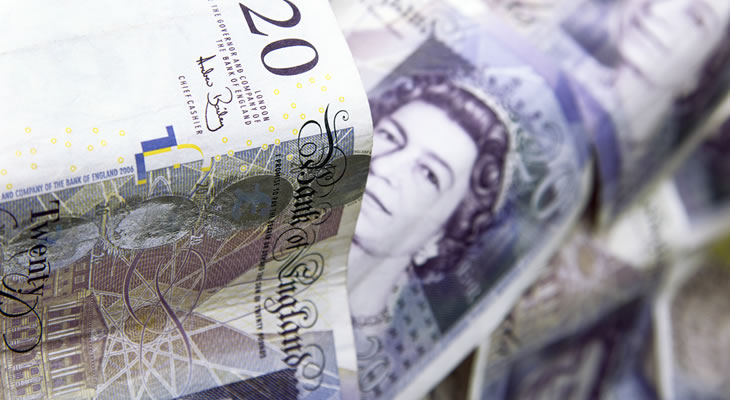The Pound has seen a minor advance against the Indian Rupee on Thursday’s trading session, trading down at an exchange rate of 85.9338.
This comes as UK economists lay into the Autumn Statement.
Top-ranking officials in the Office of Budget Responsibility (OBR), Institute for Fiscal Studies (IFS) and Resolution Foundation have all picked holes in the November budget.
Declining real incomes have been a prominent issue for economists, with Paul Johnson of the IFS warning that;
‘We are in danger of losing not just one but…two decades of earnings growth’.
(First published November 23rd, 2017)
The Pound has made a minor advance against the Indian Rupee today, in the wake of a headline-grabbing November budget announcement.
On the other side of the pairing, the Rupee remains unstable ahead of a high-impact reading for national economic growth.
Slowing UK Growth could Batter GBP INR Rate in Coming Months
In the aftermath of a long-awaited budget announcement, Pound traders have been left with a lot to consider.
One of the earliest announcements by Chancellor Philip Hammond was a negative one, consisting of Office of Budget Responsibility (OBR) forecasts for the coming years.
Reflecting on OBR estimates for growth in the future, Hammond said;
‘Regrettably, our productivity performance continues to disappoint.
The OBR has assumed at each of the last 16 fiscal events that productivity growth would return to its pre-crisis trend of about 2% a year, but it has remained stubbornly flat’.
OBR analysts downgraded their growth forecasts for every year up to 2021; notably poor predictions were for a mere 1.3% level of growth over 2019 and 2020.
Looking ahead, if UK quarter-on-quarter GDP starts to slow in the coming months then the Pound could take a hit.
In between GDP announcements, slowing economic activity and poor services sector figures could also devalue the Pound.
On the other hand, if the economy seems to be resilient despite these gloomy predictions, then the Pound could pick up against the Indian Rupee.
Indian GDP Rebound could lead to Sharp INR/GBP Rate Rise
India’s gross domestic product readings might have a major impact on the Indian Rupee in the future, given how widely the previous reading missed forecasts.
The second quarter reading for 2017 showed a drop from 6.1% in Q1 down to 5.7%.
This went against predictions of a 6.6% figure and put the level of economic growth at a 3-year low.
Commenting on the results at the time was Indian Finance Minister Arun Jaitley;
‘[This] slowdown is a matter of concern. In coming quarters we need to work more on policy and investment to improve the figures.
[The] global economy is improving faster than what we thought’.
The pressure is therefore on for the Q3 reading to bring a return to order for the Indian economy.
At the time of writing, forecasts were for a rise in the GDP reading from 5.7% to 6.5% on November 30th.
Assuming that Indian GDP does rise by 6.5% (or higher) in the third quarter, the Indian Rupee could rise sharply against the Pound.
Recent Interbank GBP INR Exchange Rates
At the time of writing, the Pound to Indian Rupee (GBP INR) exchange rate was trading at 85.9252 and the Indian Rupee to Pound (INR GBP) exchange rate was trading at 0.0116.


Comments are closed.